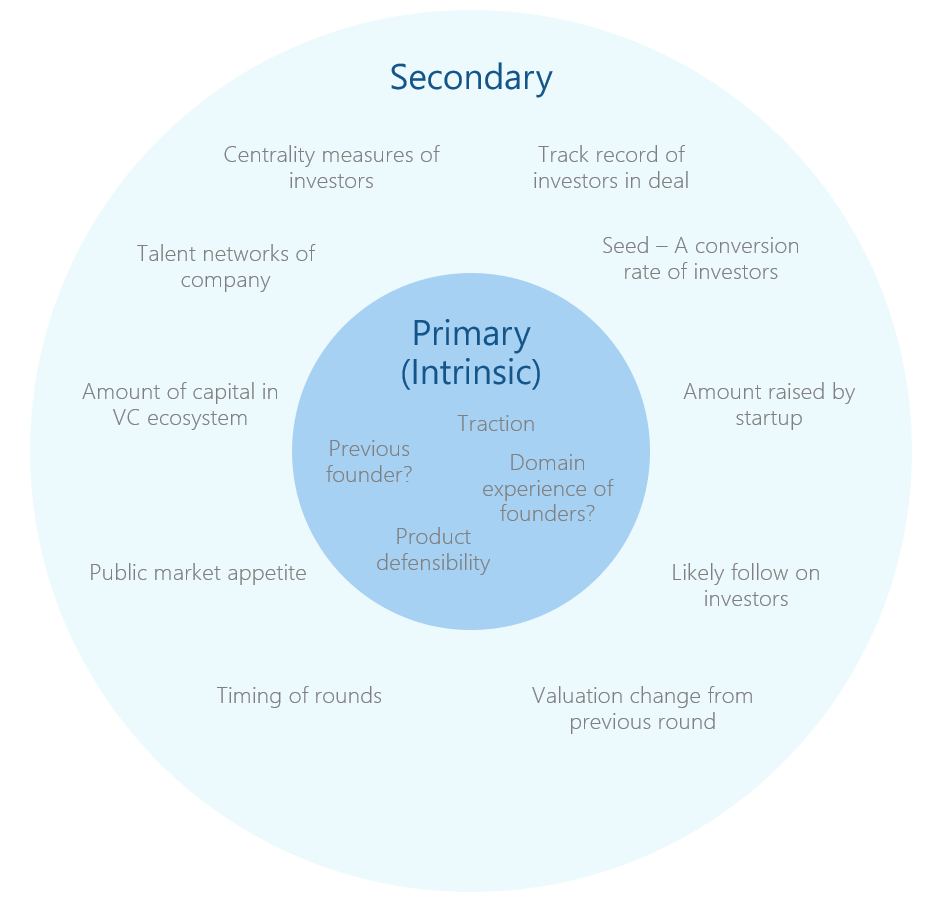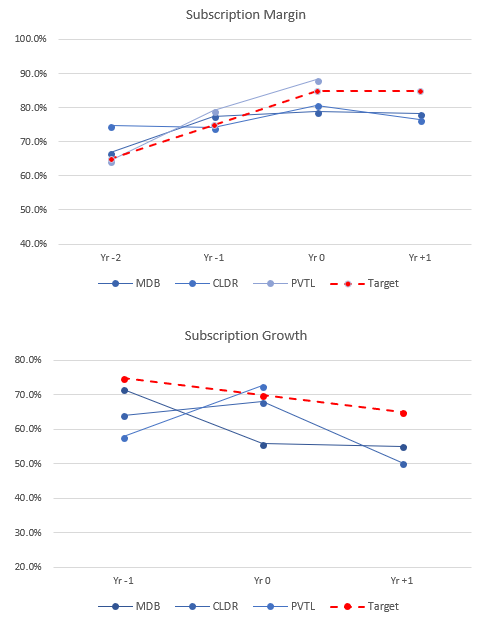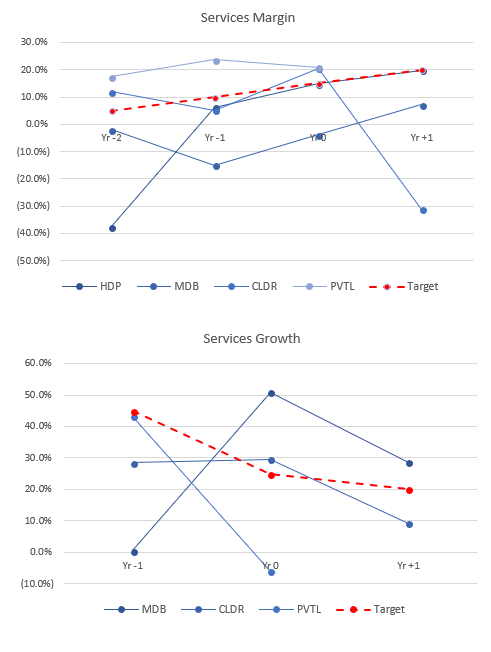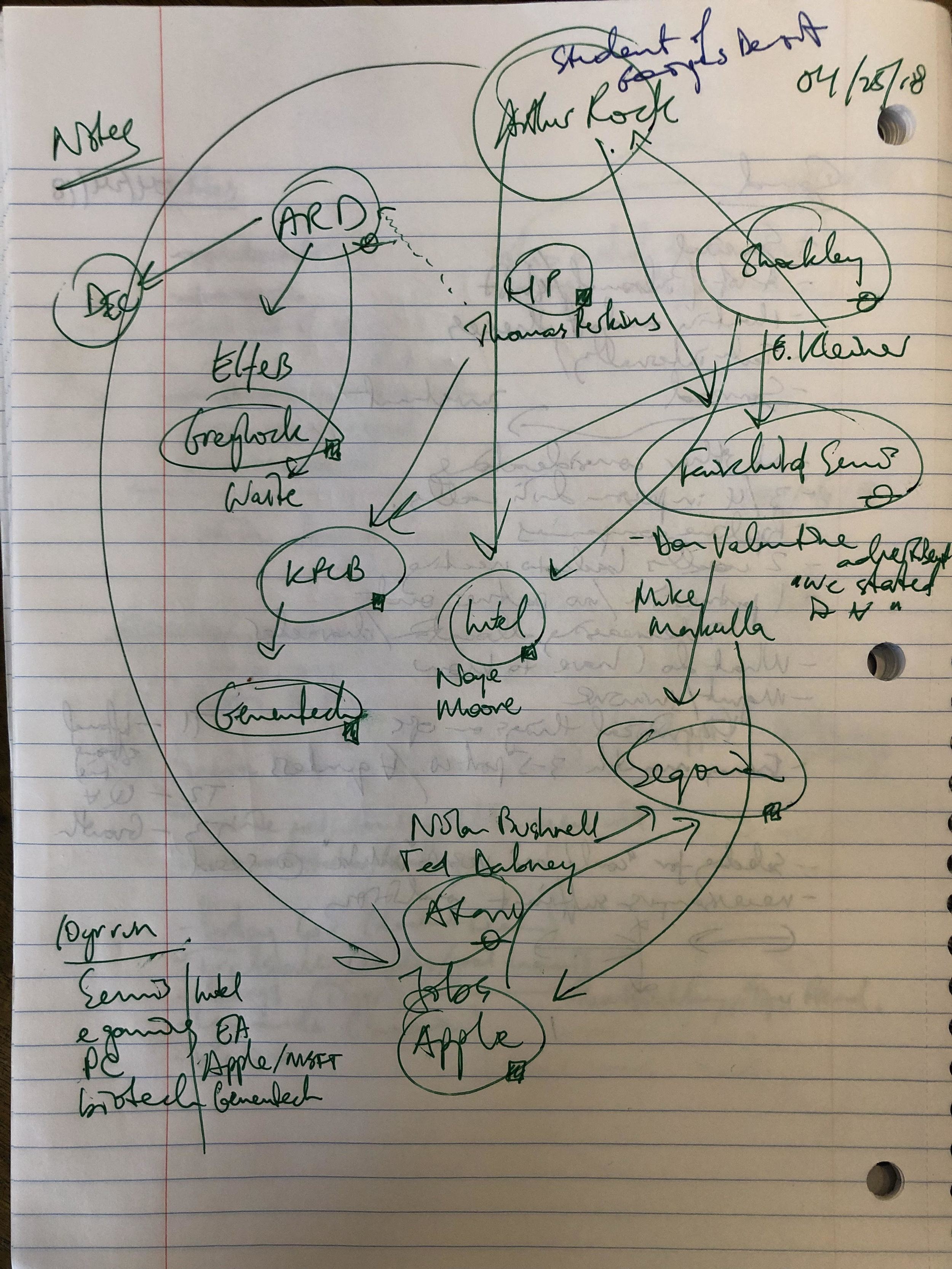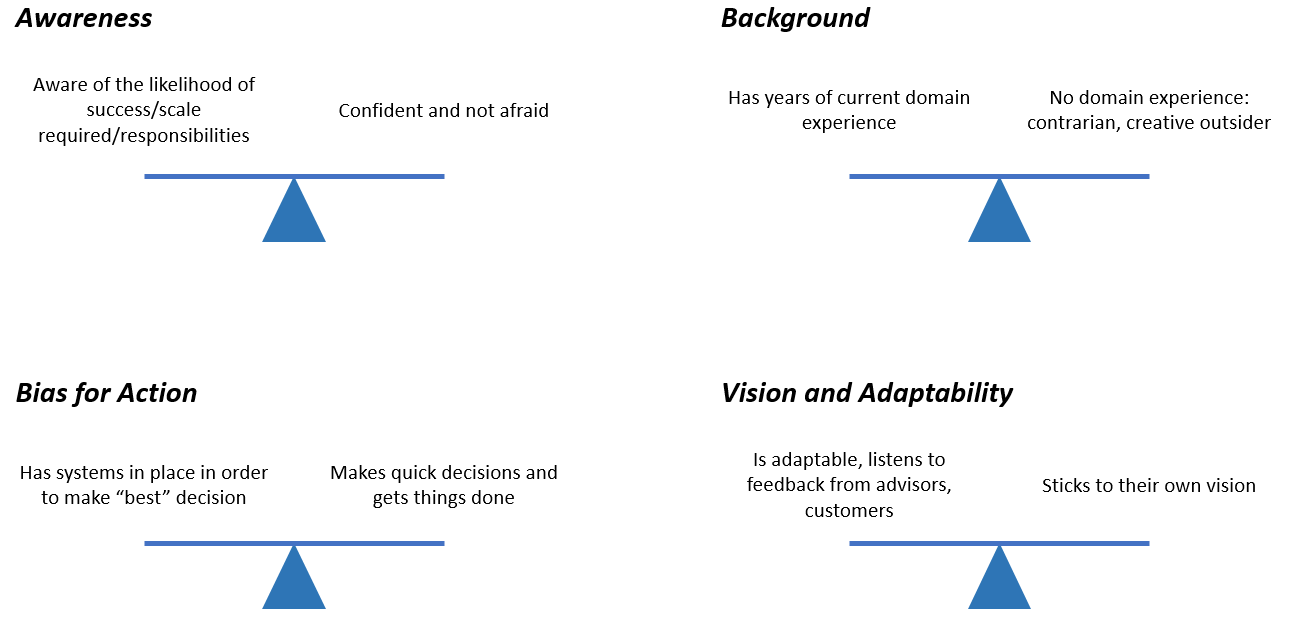In 1974, Gravity’s Rainbow was selected by the Pulitzer fiction jury, only to have the board override the decision and decline to award a prize at all. No official reason was given, but privately, board members reportedly called the novel ‘unreadable,’ ‘turgid,’ and ‘overwritten.’ This ‘Streisand Effect’ed’ it into my orbit. Learning shortly thereafter that it was foundational work in postmodern literature and that Pynchon, himself a recluse with encyclopedic knowledge and distaste for high art, wrote missile documentation at Boeing in the early 60s, got me hooked. I like to think that I can try and bring some idea of structure to otherwise incredibly ambiguous or deliberately complicated work. It was too hard to resist the idea of being blown to smithereens by the complexity of this work.
I wouldn’t go so far as to say it’s “unreadable”, but GR is undeniably difficult. But that’s what you sign up for with Pynchon and postmodernism in general; rejection of any sense of master narratives, embrace of multiple realities and fragmented identities, of abrupt ontological shifts. Reading it knowing that at any moment the missile of confusion can come for you. You are disoriented, alive inside the machinery of the text. That’s the joy of it; you’ve had a reaction to the art.
Let’s start at the start. Opening sentences matter and Gravity’s Rainbow’s is iconic: [1]
“A screaming comes across the sky. It has happened before, but there is nothing to compare it to now.”
The whole 776 page book in one sentence; we live in a world where there is no boundary between humanity and technology and that is terrifying. It’s not a ‘missile’ coming across the sky, it is much more vivid than just simply shouting, this thing is letting our one hell of a Promethean “scream”.
We also see a sort of Borgesian forking of new realities, where even though it’s “happened before”, now we’ve forked into a new world since “there’s nothing to compare it to now”. It’s a manipulation of time (“before”, “now”) that is subtly disorienting. The past, and all your Bayesian priors are irrelevant. There are a number of Borges references through GR but even here in the first sentence we can see one. The parallels to Borges’ line in one of his most famous stories, The Garden of Forking Paths, is immediately clear:
“A bird streaked across the gray sky”.
This line appears before Albert explains the metaphysical theory behind Ts’ui Pên’s novel/labyrinth: that time is not linear, but branching. Sound familiar? And so begins the fracturing of time, physics, your mental state. Welcome to literary paranoia.
Let’s take some more forks and go to the future and to the past. William Gibson also has an iconic opening line for Neuromancer:
“The sky was the color of television tuned to the color of a dead channel”.
And Heman Mellville’s Moby Dick:
“It will sometimes burst from out that cloudless sky, like an exploding bomb upon a dazed and sleepy town”.
Ahab interprets this electric fire as both a cosmic signal and a challenge. He believes it is divine, or demonic, confirmation of his quest to destroy the white whale.
Taken together, all of these references to the sky make the sky some sort of ontological signal, anchor us in what world we are in.
[To be continued].
[1] Even the first word can be important. Paul Cantor opened my eyes to this idea in Hamlet and Macbeth. Hamlet, a play about constructing a sense of self, starts with “Who goes there?”. Macbeth, a play about understanding ambition and locating the self in time, starts with “When shall we three meet again?” Ethan Cohen also highlighted this idea, with a huge “WHEN” opening The Tragedy of Macbeth (2021).]










